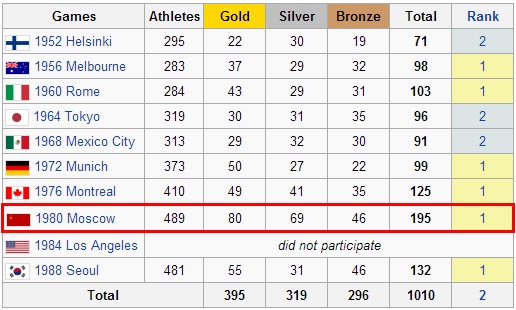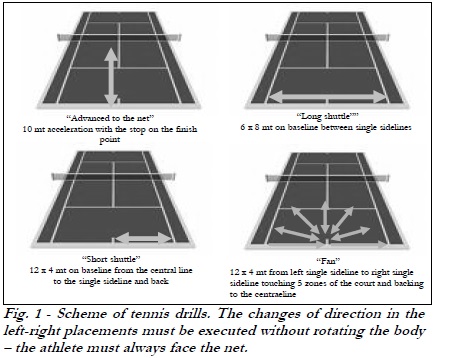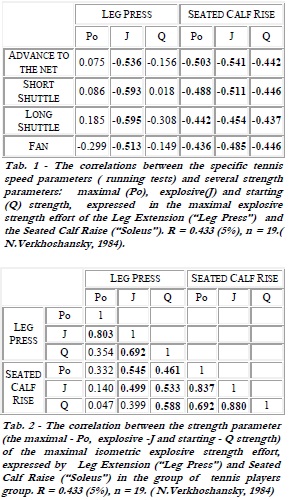Soviet Speed Secrets- how to make your athlete seriously fast without taking drugs!
Before you do anything else check this out!
How do you feel when you watch it?? Excited? To me- it’s Mind blowing! I see some seriously cutting edge training applications that made me realise how far ahead the Soviet training system was. And the East Germans weren’t too far behind. Even more impressive is that the coaches had a ton of research to back up their ideas!
Want the proof?
Soviet Union at the Olympics
The Soviet Union (population in 1990, 290 million) first participated at the Olympic Games in 1952, and competed at the Games on 18 occasions since then. At seven of its nine appearances at the Summer Olympic Games, the team ranked first in the total number of medals won, it was second by this count on the other two. It’s main rival was the United States (population in 1990, 248 million).
From my reading of the Soviet Sport System their results were no fluke. They looked at the sport and did experiments to find out the best exercises to prepare the body for that sport. I don’t think drugs were the reason they were successful like everybody would like you to believe.
The East Germany team (population 16 million) were incredibly successful over 20 years too (1968-1988)!
APA work in Athletics and yep, plyometrics for triple jump/high jump might not seem that ground breaking now….until you realise that the coaches in the former Soviet Union invented this type of training and this like many other forms of training was conceived out of a need to find answers to some pretty important questions. Questions like,
‘How much force does the body have to produce when making an impact with the ground during take off for the high jump? And which methods of training will improve that jump performance the most?’
The Soviets and Germans took the same forensic approach to all sports they trained…..even Tennis, the other main sport APA are currently associated with! So today’s blog is about looking back at some research the Soviets and Germans did on Speed in Tennis- which is still valid today.
It is a brave man who believes there is one speed exercise or method above all others that fits the bill for Tennis. Tennis has been described as a sport in which players must respond to a continuous series of emergencies. Sprinting to the ball, changing directions, reaching, stretching, lunging, stopping, and starting. All these characteristics, combined with maintaining proper balance and technique throughout a match, are critical for optimal performance on the court. Therefore, players must address flexibility, strength and endurance, power, agility and speed, body composition, and aerobic and anaerobic fitness to improve their tennis games.
For me it would be difficult to say which are the most important factors in the sport of Tennis, so I won’t! Instead I thought I’d let a well respected German researcher stick his neck out instead. According to Schonborn the most important factors are coordination and speed of coordination as well as acceleration.
This correlates with my experiences of working in Tennis over the last 10 years. We can call this ‘speed of coordination’ the difference between a good general athlete and an exceptional tennis athlete. I see a lot of athletes who have the basic biomotor abilities to become a successful tennis player (ie., speed, agility and power) but unless they can coordinate their body and time the segments to work in the proper order to execute a tennis shot they can appear slow on the court! This is because they get to the ball too early without having prepared their body and rackets and end up actually getting jammed up which results in them looking clumsy and slow. Louis Cayer calls this being ‘so fast you’re slow!’
So what exercises would be best to use to improve an athlete’s acceleration?
Acceleration- What the research says
If acceleration is one of the key determinants of successful tennis performance (and I will include change of direction ability in this!!!) what are the best exercises to improve this ability?
Thanks to Soviet researcher Natalia Verkhoshansky we can start to answer that question too! Bear with me while I summarise an experiment she conducted.
This is an extract taking from the actual report of the experiment (Verkhoshansky, 2011).
In the experiment, 19 high level tennis players performed two groups of tests: specific speed running tests and strength tests. The specific speed running tests consisted in performing the most typical tennis game‟s displacements5 (see Fig. 1):
1) forward running on 10 meters distance with the stop at the finish point (‘Advance to the net’);
2) running on 48 meters distance with different trajectories:
– ‘Long Shuttle,’ 6 × 8 meters with 5 lateral (side-to-side) changes of directions;
– ‘Short Shuttle,’ 12 × 4 meters with 11 lateral changes of directions;
– ‘Fan,’ 12 × 4 meters with 11 both lateral and frontal changes of directions.
In the strength tests, the level of basic strength capabilities were evaluated using the UDS: Maximal (P0), Explosive (J) and Starting strength (Q) expressed in the maximal isometric strength efforts and maximal explosive isometric strength efforts of the Leg Press and Seated Calf Raise.
Table 1 shows the correlations between the results of the running and strength tests.
Finding 1: The correlations indicate that the higher the level of explosive strength (J) of the tennis players, the faster they were.
So, for increasing tennis specific speed ability, the athletes should use specific training means, to increase Explosive Strength during take-off movements: i.e.. jumping exercises.
Finding 2: The results showed also that the athletes who expressed the higher value of Maximal Strength (P0) in Seated Calf Rise (but not in Leg Press) showed high level of speed ability.
This means that to increase the speed is advisable to use a training method able to increase the weight of 1RM in Seated Calf Rise exercise.
As we can see, the results of specific running tests are not correlated directly with the Maximal Strength expressed in Leg Press. However, the correlations between the parameters of strength capabilities (Table 2) show that the higher the level of Maximal Strength (Po), the higher the level of Explosive Strength (J).
It means that, to increase the level of Explosive Strength in Leg Press and, as a consequence, to run FASTER it is necessary to increase maximal strength expressed in the Leg Press. This means that to increase speed it is advisable to use a training method able to increase the weight of RM in the Leg Press exercise (barbell squat).
Now perhaps you’re going to say, ”Duh, of course that’s obvious; getting stronger in the calves and developing explosiveness in jumping tasks is what is going to help Tennis players move better!!!! It’s obvious because it’s intuitive. But until it’s actually written down on paper how many of you would have come up with that answer? For me the best coaches are intuitive and probably wouldn’t have needed a science experiment to validate what they already know works but what made the Soviet and East German system unique AND SUCCESSFUL was because they conducted meaningful scientific research. They tried to find what types of exercises (in the gym) most highly correlated with performance where it counts….on the sports field or court.
Take away message: What exercises do you use and how do you know they really work?
- If you’re not subscribed yet, click here to get free email updates, so we can stay in touch.
- Share this post using the buttons on the top and bottom of the post. As one of this blog’s first readers, I’m not just hoping you’ll tell your friends about it. I’m counting on it.
- Leave a comment, telling me where you’re struggling and how I can help





